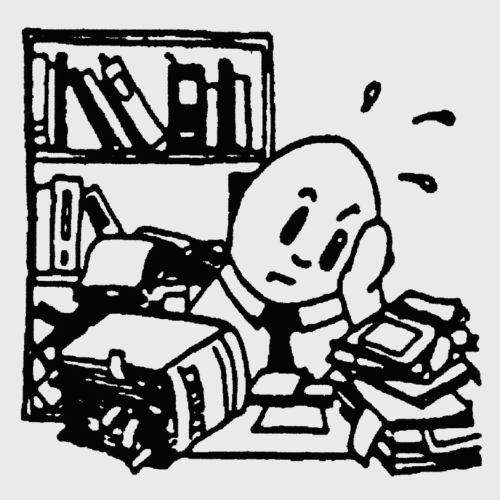originally posted July 8, 2009
May 2021: reformatted; no text revisions
to date
Of all the projects I work on, I have to say that some of the most rewarding ones are those during which I have the chance to help clients start, develop, and complete the stories of their lives. Working with “average Joes” and “everyday Josephines” is an interest that developed early in my career—when I helped out in the local history room of the Dayton and Montgomery County (Ohio) Public Library back in the 1970s and early ’80s.
I didn’t do much in the beginning except help the reference librarians to research questions by digging up information from “the cage” (where the library’s older and more valuable historical properties were stored behind chain-link fencing and locks) and then verifying their responses with photocopied documents, pages from history books, and newspaper clippings. The work was extremely interesting—rather like detective work—and certainly deepened my interest in local history. But it was just a stepping stone in a journey I didn’t even know I’d begun.
Eventually, I jumped from that local history room to the county historical society a few blocks away. There, I not only started performing my own research but I also got to transform my discoveries into stories for the society’s newsletter. Still, like the questions I worked with in the library, those adventures into local history primarily involved companies, buildings, street names, and communities; only occasionally did a good question about a local family come in, and, even then, the questions were nearly always about the more prominent families. Finally, when I later moved to Raleigh, North Carolina, and took a position as historical publications editor—well, that was when I finally got to work primarily with people, and primarily with “rag’lar” folk.
You see, the North Carolina Museum of History had just started an initiative to gather “his stories” and “her stories” (get it? his stories, as in histories . . .) from the working and agricultural classes of the state’s residents. The wealthier and ruling classes were, of course, well documented already; but in the 1990s, the stories of older residents and their everyday lives were rapidly vanishing, along with the ways of life they reflected, and the museum had wisely taken note. My role was to edit transcribed oral histories and videos and to proofread transcriptions from written letters, notes, and diary entries. Once in a while, I actually got to meet the “dignitaries,” but, generally, that honor was reserved for the staff members and volunteers who did the interviews.
The act of gathering histories from the state’s working classes was somewhat novel in the early 1990s. In fact, many people refused the museum’s advances at first because they believed “no one will care about my life” or “I’m not important; why do you want to know about me?” A few years passed, but eventually, we overcame those beliefs. And, what helped change minds were interviews like this one (a low-resolution PDF; scroll to the last two pages), which was used in the museum’s Tar Heel Junior Historian magazine.
Ms. Boyette’s story exemplifies a regular, old, everyday existence. But, in reading it, no one can argue with the significance of her memories or the importance of her story. With luck, perhaps it’s even helped convince you to consider telling your story so you might leave it as a legacy for your family, friends, and community.
Something to think about, anyways . . .
image information: The featured image at top was part of the home page for thePersonalHistoryEditor.com website as unveiled in early 2009; information on that division of the-freelance-editor can now be found on the personal history page of the-history-editor division.

